
Science Never Stops is a digital collection of short learning segments featuring Rocket Center educators leading hands-on activities, talking with STEM professionals and exploring STEM concepts and ideas. Searchable by science field or grade level, these fun videos are a great addition to a classroom enrichment or a fun family activity. Learn by doing, learn from a professional or learn with an artifact with Science Never Stops.

Science Never Stops + is a series of learning modules designed for teachers and families to explore farther and learn more about concepts like rockets, drones and satellites. These learning modules include step-by-step instructions for re-creating fun activities in your classroom or home and tie STEM concepts to STEM careers. Themes are correlated to key science concepts across grade levels. Bring your curiosity and explore with us!
Pick one or more of the selections below to explore our library of Science Never Stops videos or Science Never Stops + modules
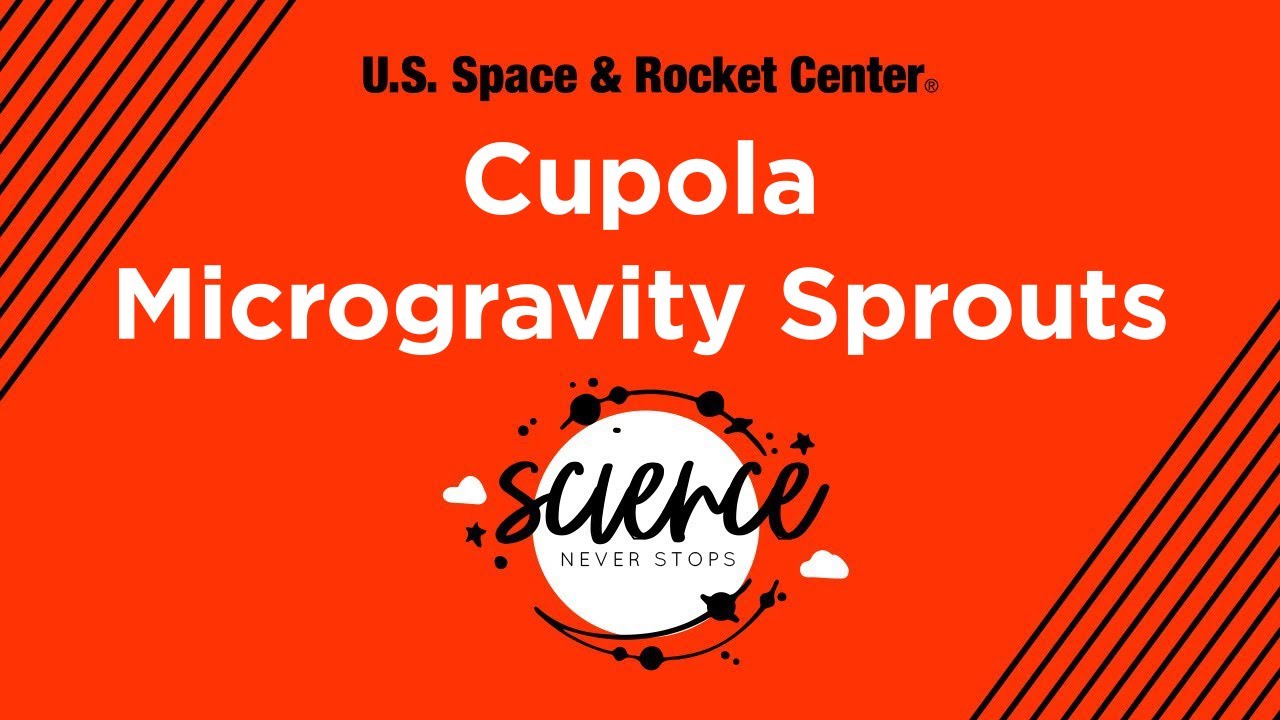 Planting seeds in honor of the 50th Earth Day and teaching how astronauts garden in space on the International Space Station!
Planting seeds in honor of the 50th Earth Day and teaching how astronauts garden in space on the International Space Station!
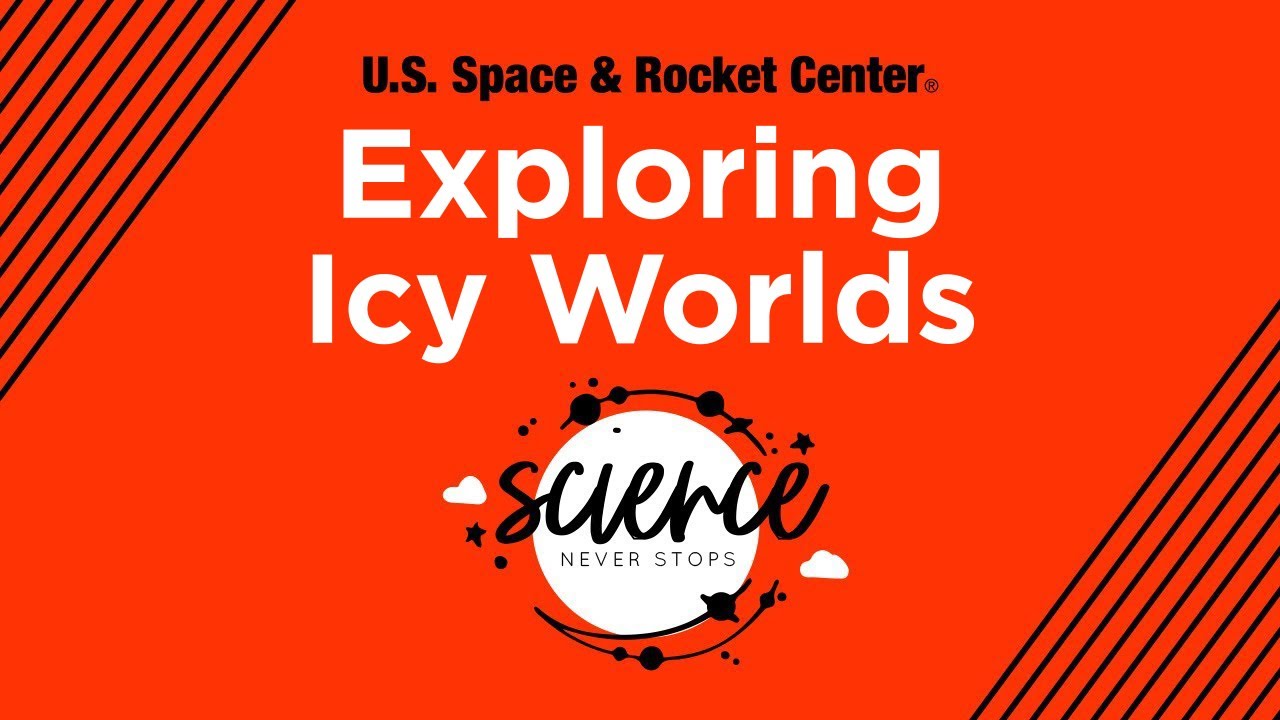 Ever wanted to make your own planet? Joseph teaches you how you can make one at home as well as how NASA explores other worlds!
Guardians, you could make a few worlds in secret and let your young explorer find what you've hidden in them!
Ever wanted to make your own planet? Joseph teaches you how you can make one at home as well as how NASA explores other worlds!
Guardians, you could make a few worlds in secret and let your young explorer find what you've hidden in them!
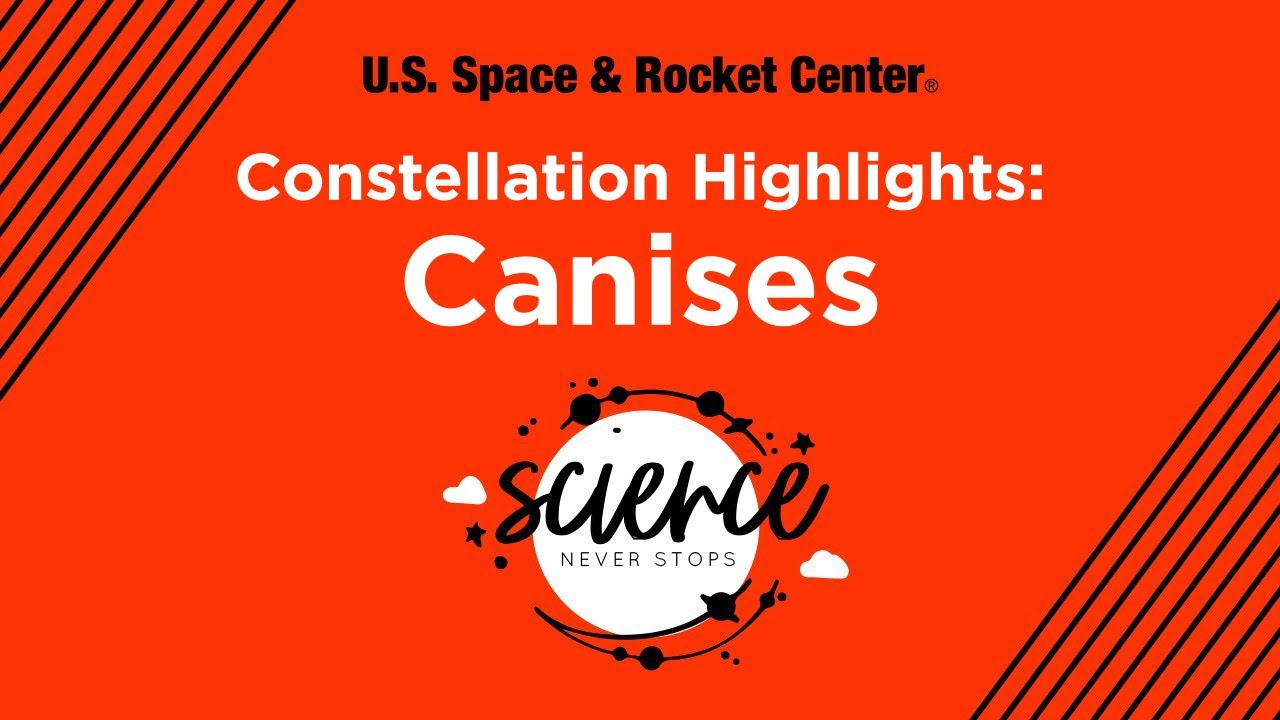 Discover constellations Canis Major and Canis Minor, Orion's "hunting dogs," in the night sky.
Discover constellations Canis Major and Canis Minor, Orion's "hunting dogs," in the night sky.
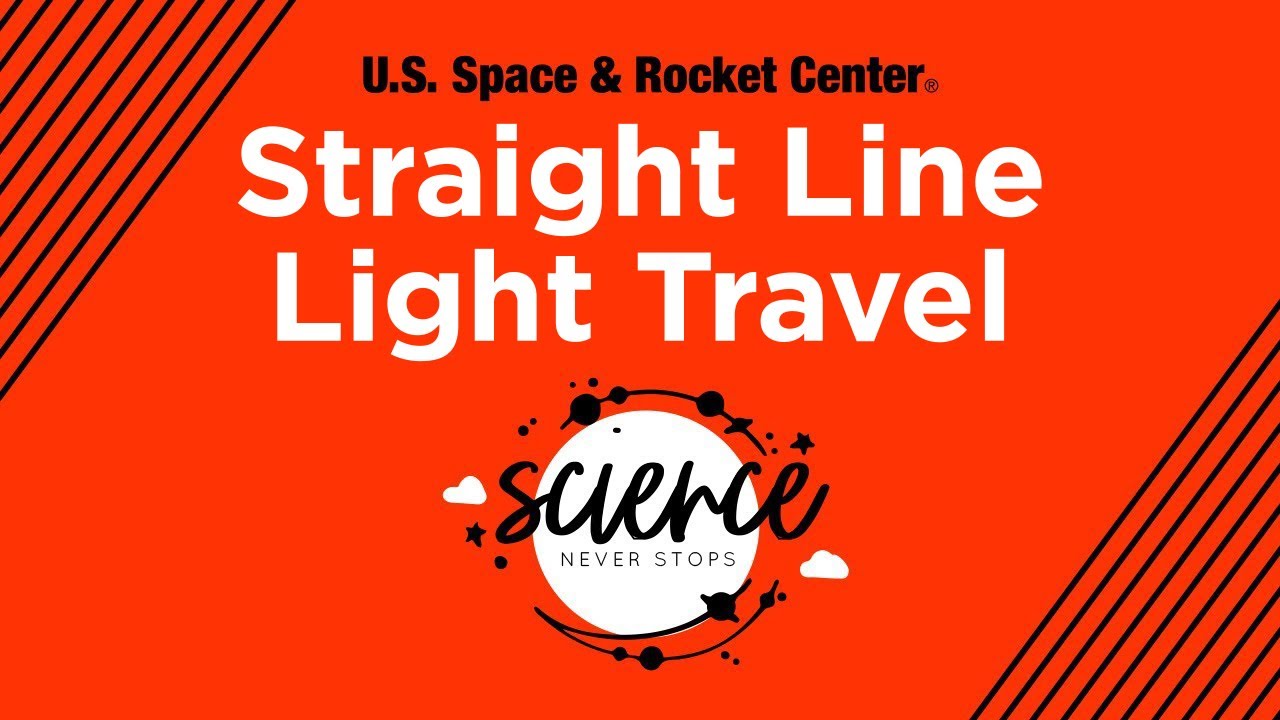 How fast is the speed of light? Set up your own experiment at home with your family and discover how light travels through the atmosphere.
How fast is the speed of light? Set up your own experiment at home with your family and discover how light travels through the atmosphere.
 Make a watercolor palette today using food coloring and other items around the house. Explore chemistry and learn about hydrophilic and hydrophobic properties of different substances.
Make a watercolor palette today using food coloring and other items around the house. Explore chemistry and learn about hydrophilic and hydrophobic properties of different substances.
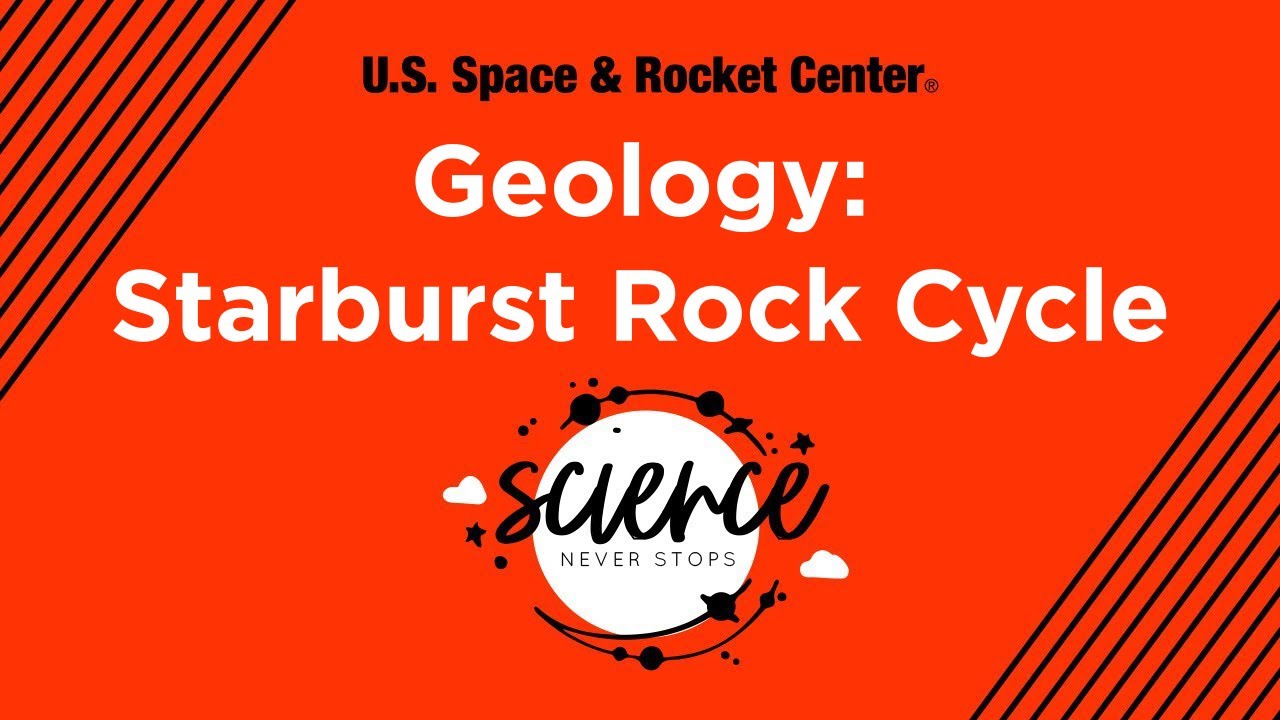 Learn about different types of rocks and explore the rock cycle using Starburst candies. Document your observations in your scientific journal.
Learn about different types of rocks and explore the rock cycle using Starburst candies. Document your observations in your scientific journal.
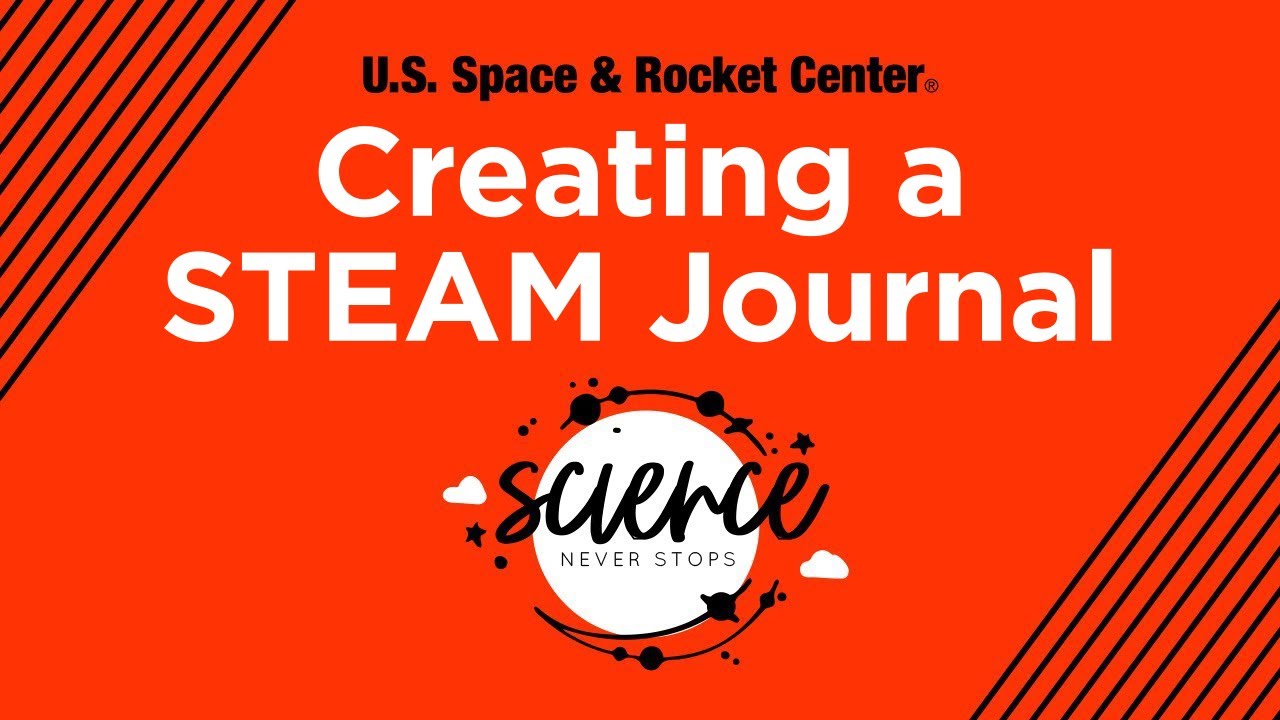 Start your very own scientific journal! Learn how to express your ideas and collect and record your data and observations. Have you ever documented anything in a journal? What kinds of things did you write about? Did you use drawings, too?
Start your very own scientific journal! Learn how to express your ideas and collect and record your data and observations. Have you ever documented anything in a journal? What kinds of things did you write about? Did you use drawings, too?
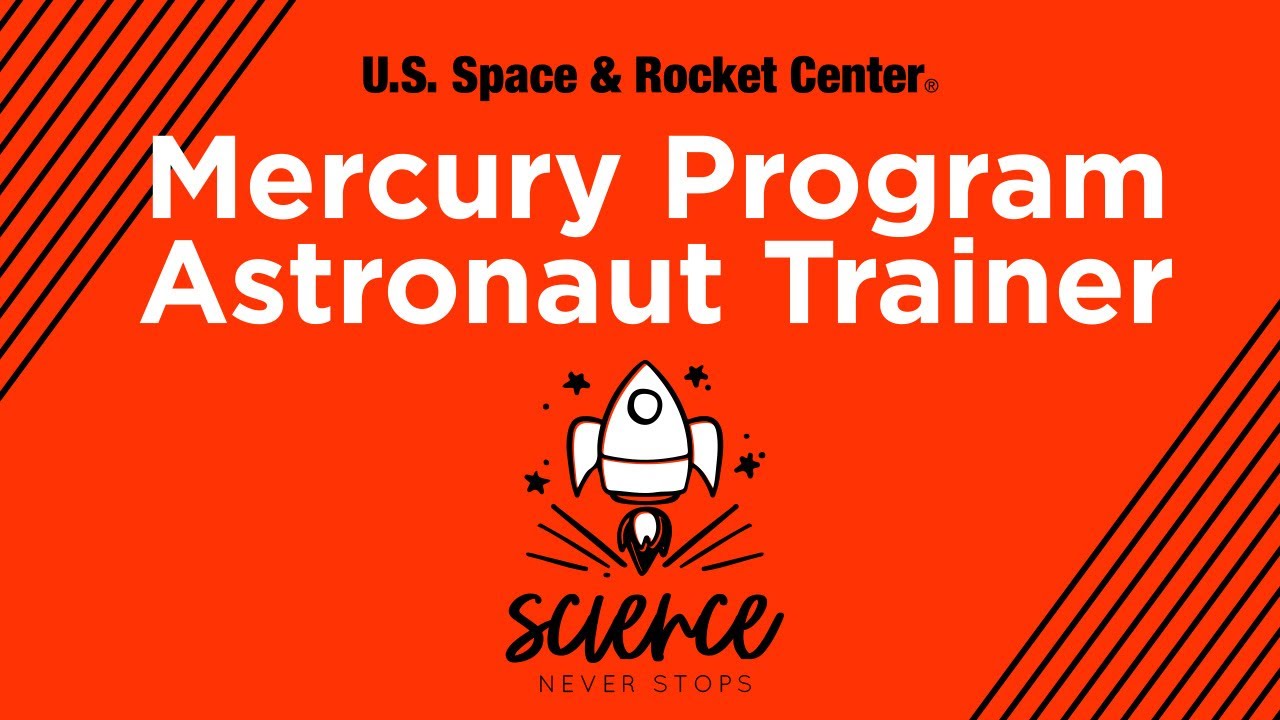 Have you seen the Mercury Trainer at the U.S. Space & Rocket Center? Many of our visitors are surprised at its small size, built for only one person
Have you seen the Mercury Trainer at the U.S. Space & Rocket Center? Many of our visitors are surprised at its small size, built for only one person
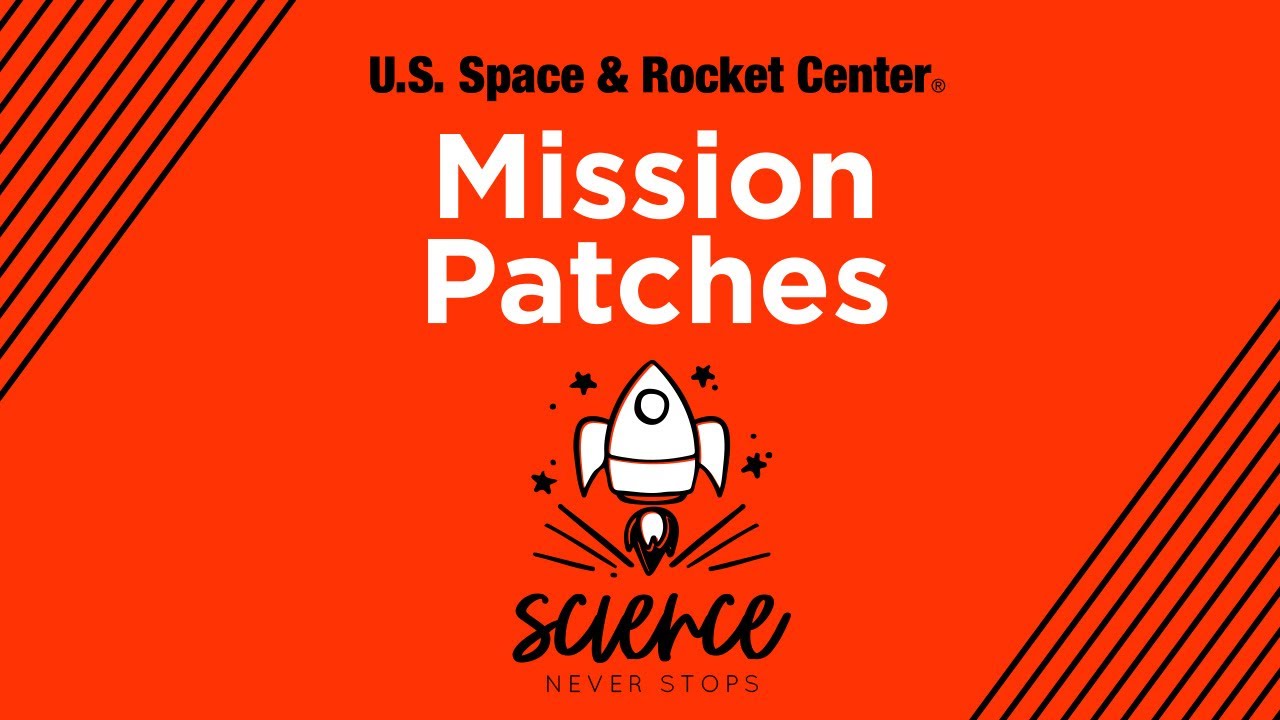 Let's take a look at historical mission patches from the Apollo era. Get your family together and design your own! What kinds of things would be represented on your mission?
Let's take a look at historical mission patches from the Apollo era. Get your family together and design your own! What kinds of things would be represented on your mission?
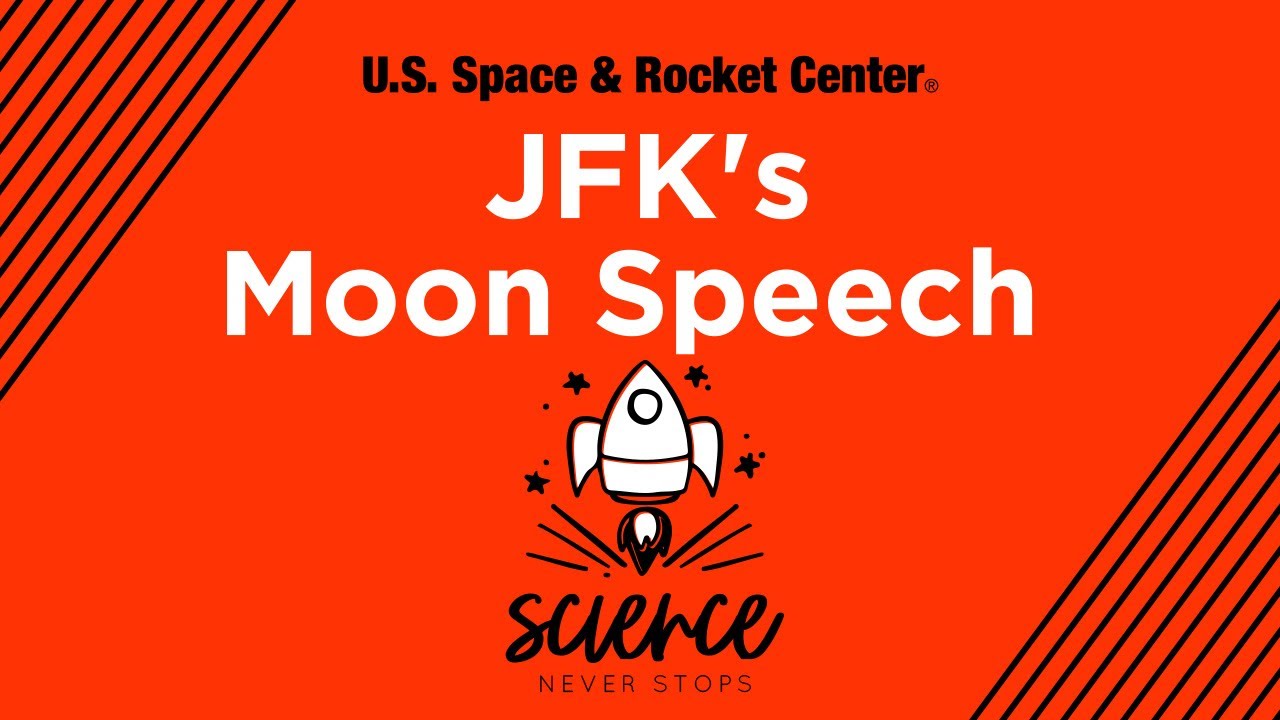 How did JFK's speech in 1962 inspire and encourage explorers to get humankind to the moon? Many of today's modern technologies began with knowledge gained from space exploration. Learn how scientists and engineers continue to innovate, create and inspire the next generation of explorers.
How did JFK's speech in 1962 inspire and encourage explorers to get humankind to the moon? Many of today's modern technologies began with knowledge gained from space exploration. Learn how scientists and engineers continue to innovate, create and inspire the next generation of explorers.
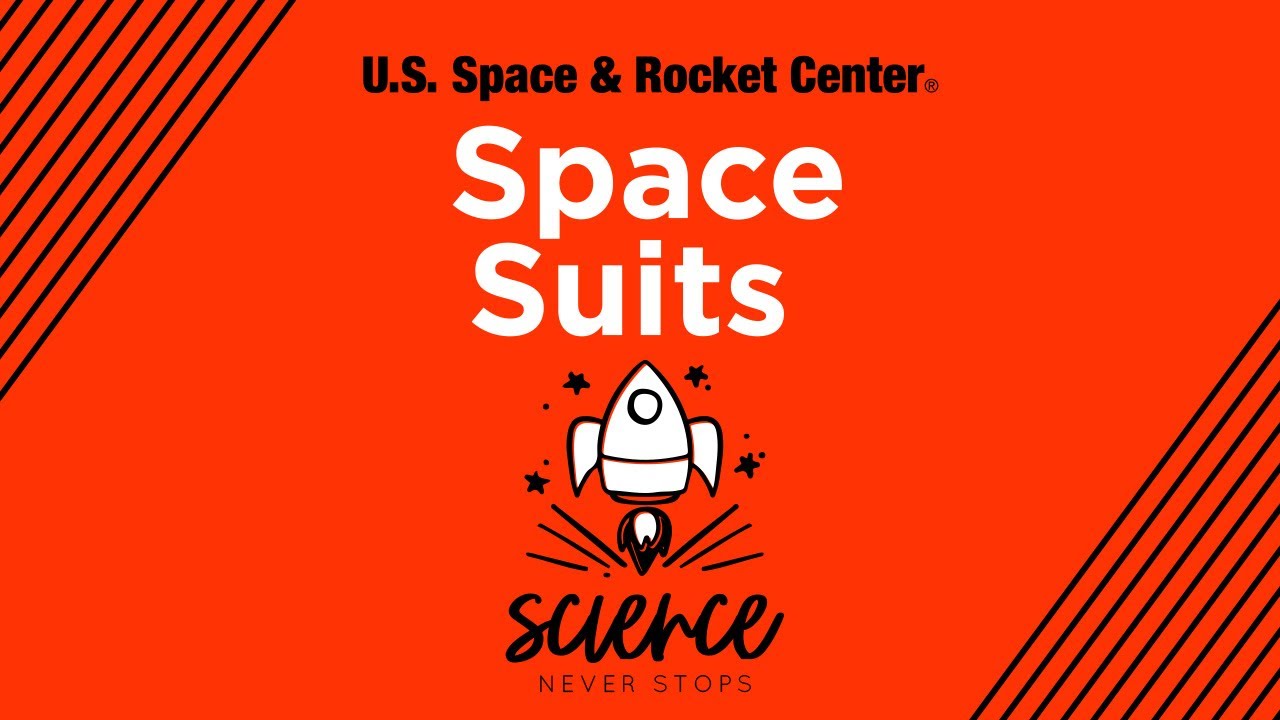 Check out the seriously cool space gear from the Apollo era in the Davidson Center for Space Exploration at the Rocket Center. Learn how the suits kept the astronauts safe and comfortable while they explored the lunar surface.
Check out the seriously cool space gear from the Apollo era in the Davidson Center for Space Exploration at the Rocket Center. Learn how the suits kept the astronauts safe and comfortable while they explored the lunar surface.
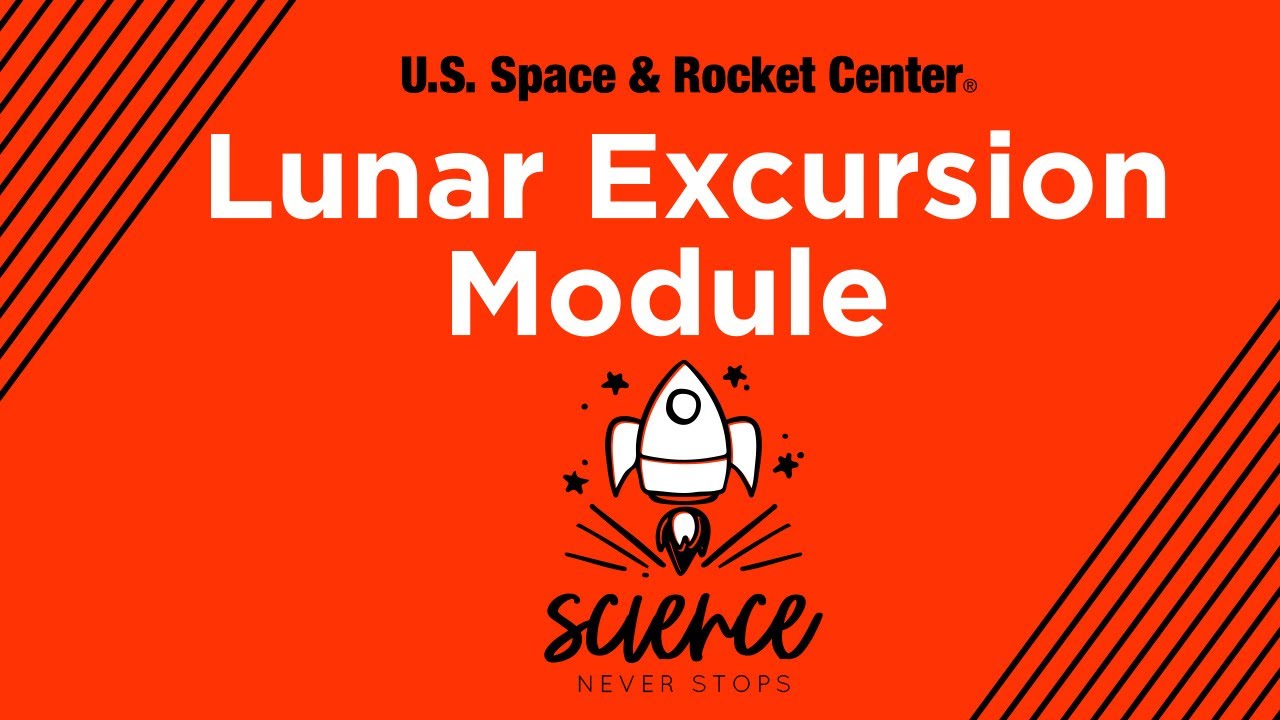 Let's explore the Apollo Lunar Excursion Module (LEM) at the Rocket Center. The LEM was used like a camping tent for astronauts while they explored the surface of the moon.
Let's explore the Apollo Lunar Excursion Module (LEM) at the Rocket Center. The LEM was used like a camping tent for astronauts while they explored the surface of the moon.


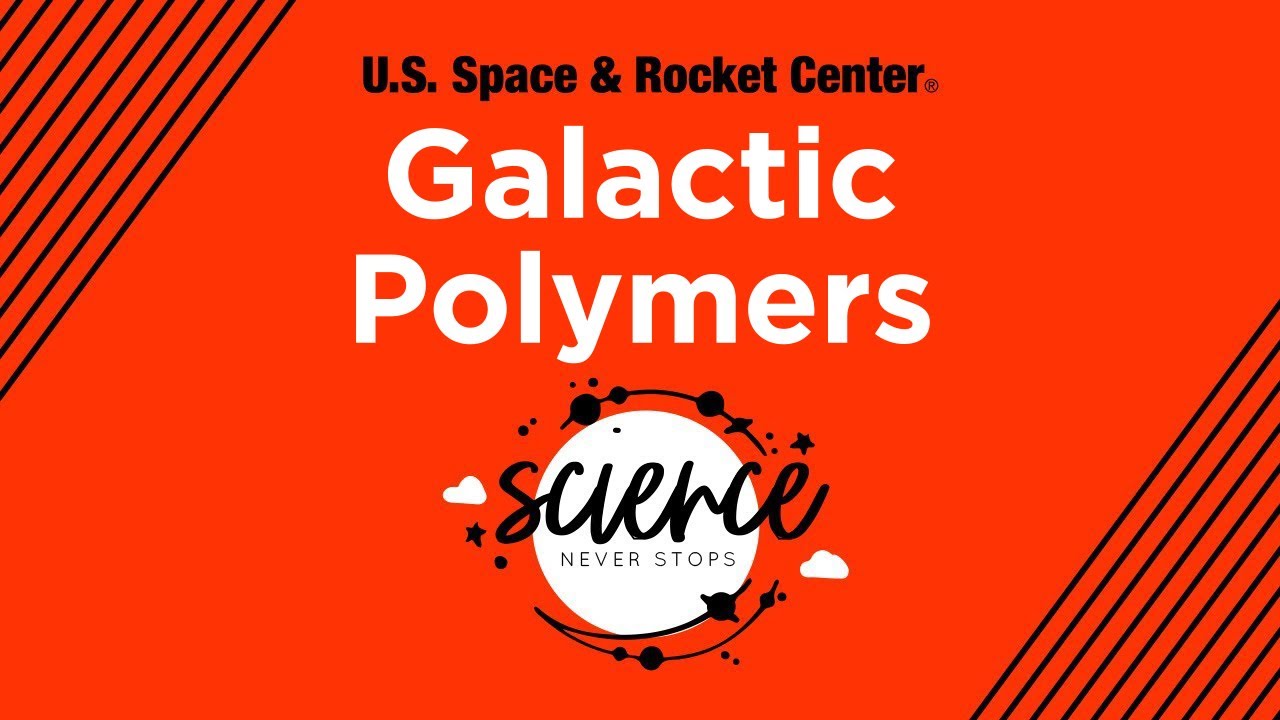 Make galactic slime with us as we explore polymers!
Make galactic slime with us as we explore polymers!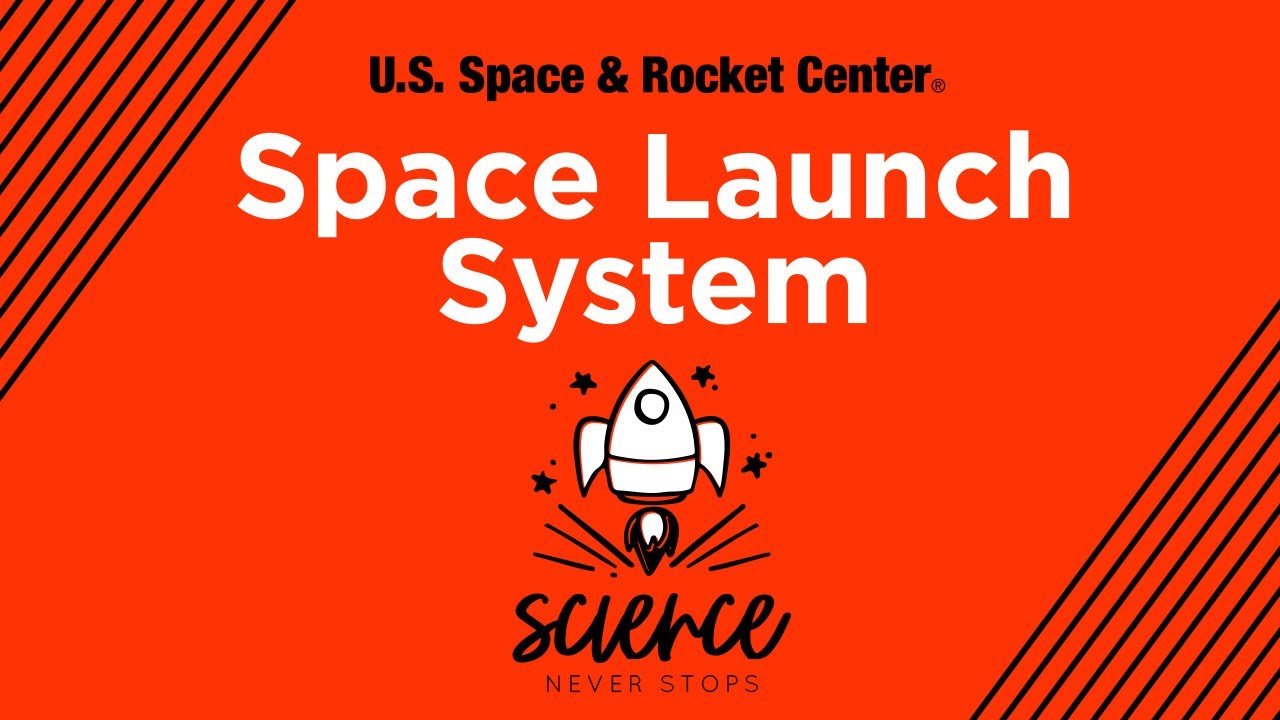 Discover the Space Launch System (SLS), the current NASA rocket designed for human deep space exploration. Learn which legacy parts from previous NASA programs have been integrated into this cutting-edge new spacecraft.
Discover the Space Launch System (SLS), the current NASA rocket designed for human deep space exploration. Learn which legacy parts from previous NASA programs have been integrated into this cutting-edge new spacecraft. Explore Orion, one of the most recognizable constellations in the night sky.
Explore Orion, one of the most recognizable constellations in the night sky.